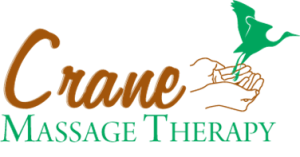We all are taught to begin and end an exercise session with stretching, but stretching also can be an excellent way to follow up a massage.
The purpose of stretching is to elongate the body’s soft tissues, in order to prevent tightness and extend range of motion over time, preventing muscles from becoming perpetually shortened. Stretching also can overcome chronic tension by giving relief to muscles that are habitually contracted, like hunched shoulders. This may be done in an involuntary, default way — such as a morning stretch upon awakening — or as part of a regularly practiced regimen.
The various types of stretches can be classified into two types: static or dynamic.
A static stretch focuses on a specific muscle or muscle group, and is held for an extended length of time, for example 30 seconds, and occasionally in sets of a small number of repetitions. The various poses of yoga are good examples of static stretching. It also is commonly used as a cool-down following exercise, or any time after the body is warmed up (either through artificial means or physical movement). A good way to warm up is to perform an activity for five minutes that elevates the heart rate and circulation, like a quick walk or jogging in place. Performing static stretches when the muscles are “cold” can increase the risk of tearing them.
In contrast, dynamic stretching typically requires the stretch to be held for just a couple of seconds, but for more repetitions — for example, five or 10. It is commonly used as a warm-up before a workout, and serves to increase blood circulation and joint mobility.
Not everyone is able to devote time to stretching the entire body with regularity. When deciding how much time to devote to stretching different parts of the body, consider the areas that indicate they need the most attention — i.e. those that cause the most pain, or tighten up easily.
In order to ensure a stretch is going to be beneficial, extend it to the first point of tension — not discomfort or pain — then slowly extend a bit beyond that point. Less potent stretches will not be effective; overstretching can result in pain or injury. As with all stretches, perform them bilaterally — if you stretch your left shin, stretch your right as well. In addition, drink plenty of water.
